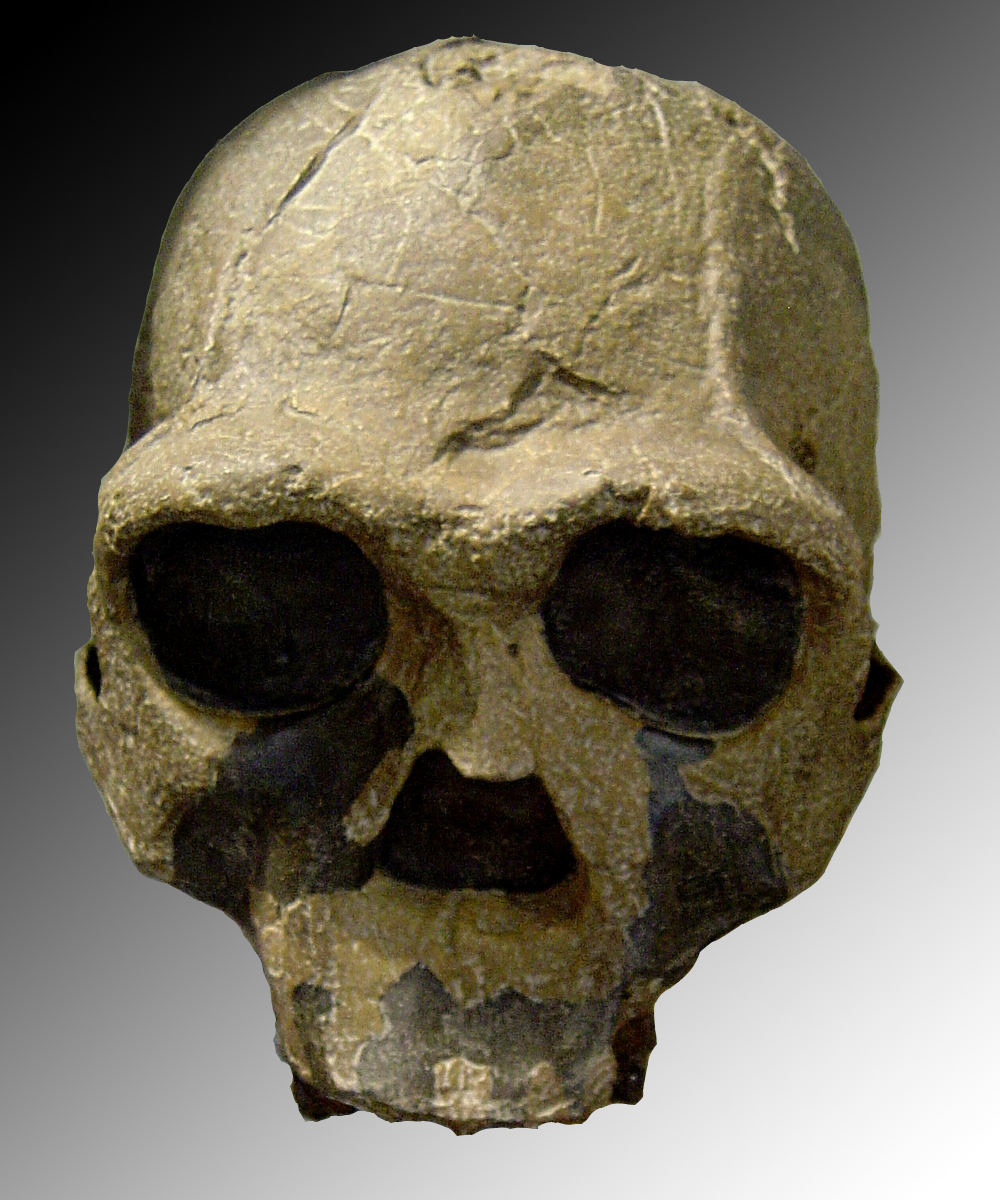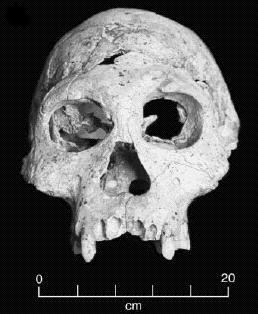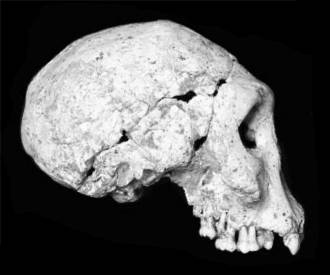Nearly
50 years ago, Ralph Lovelock, a British Christadelphian gave a series of
addresses on "The Origin of Man" in which he argued that:
a race of man-like creatures existed prior to the coming of Adam. These creatures were man-like in everything except that they had no knowledge of God, and consequently no relationship with Him. Adam was formed, in a way not described, from these creatures and became representative of them. God gave Adam special qualities (powers of leadership and longevity) and a revelation. Adam sinned and was expelled from the garden to die. He made known his way of life to the surrounding man-like creatures and they thereby became men. Adam’s descendants and the man-like creatures were able to intermarry, and from these sources the world was populated (that is, through Adam’s direct descendants, through the direct descendants of the man-like creatures, and through intermarriage between the two.) [1]
The
controversy sparked by his thesis was considerable, and unfortunately resulted
in his disfellowship two years later in 1966. To their credit, the arranging
brothers of his ecclesia recognized that the scientific questions surrounding
the origin of man were real, and needed to be examined rationally:
We wish to make it perfectly clear that we are not closing our eyes to the problems that confront us when the theories of modern scholarship are compared with the understanding and interpretation of the early chapters of Genesis commonly accepted among us, although we we would emphasize that there is by no means complete agreement among scientists themselves concerning the ideas they advance, and a so-called fact of one generation may sometimes become merely the fancy of the next.
At the same time, we are strongly of the opinion that the problems that undoubtedly exist should be frankly admitted by us as a community, for we do naught but dishonour to the word of God by pretending that these problems are not there. Our Brotherhood bears a responsibility to those in search of Scripture truth, and especially to those of tender years, to turn its attention to the solving of these difficulties in an atmosphere of calm, sincere, conscientious study, unhindered by the rumours, mistrust, suspicion and hasty judgments that have been all too prevalent among us in recent times. [2]
The fossil record of human evolution is hardly slender. Cartmill
and Smith note:
Opponents of scientific biology are fond of dismissing that record as a pathetic handful of controversial fragments. If that were so, this book would be a lot shorter. An often-repeated creationist canard insists that all known human fossils would fit on a billiard table…Having seen most of the major collections of human fossils in the world’s museums, we can assure our readers that those collections can no longer be laid out on a billiard table. It would be hard to cram them all into a boxcar.
The growth of the human fossil record has been especially rapid over the past half- century. In 1959, W. W. Howells could still provide a basic exposition of almost all of the significant human fossils then known in a relatively slim (384-page) volume entitled Mankind in the Making. Only three years later, Carleton Coon took 724 pages to present an only slightly more detailed account in his book The Origin of Races. Any book that tried to survey today’s human fossil collections in the same detail would not fit between a single pair of covers…Most of the decisions involved in writing a paleoanthropology textbook thus concern what to leave out, not what to put in. [3]
The big picture of human evolution looks like this:
Source: http://www.pbs.org/wgbh/nova/evolution/whos-who-human-evolution.html
Over time, we see an unarguable trend towards bipedality
(post-cranial data not shown on this image) and increasing cranial capacity. Bigger
brains, in other words. These are not ape skulls, but neither are they
anatomically modern. Rather, they show a mosaic of features which one would
expect if there were indeed fossils transitional between humans and apes.
Anatomically Modern Humans
“In 1967 the Kibish Formation in southern Ethiopia yielded hominid cranial remains identified as early anatomically modern humans, assigned to Homo sapiens...Here we confirm that the Omo I and Omo II hominid fossils are from similar stratigraphic levels in Member I of the Kibish Formation...Our preferred estimate of the age of the Kibish hominids is 195 +/- 5kyr, making them the earliest well-dated anatomically modern humans yet described.” [4]
Homo neanderthalensis
Lived between 230,000-30,000 years ago. Regarded as either a separate species or sub-species of human. They had thick, heavy bones and were likely extremely strong. They were the first known hominins to bury their deadThe recent sequencing of the Neanderthal genome shows that they did interbreed with Homo sapiens.
Homo heidelbergensis
Also known as Homo sapiens (archaic)
Lived between 600,000 and 200,000 years agoViewed as the most likely candidate for common ancestor of Homo sapiens and Homo neanderthalensis
Homo rhodesiensis
Lived between 300,000 and 125,000 years ago
Some have argued that it was the direct ancestor of anatomically modern man.Others argue that it is better classified with Homo heidelbergensis
Homo ergaster
Lived between 2.5 and 1.7 million years ago
Viewed as a likely candidate for ancestor of Homo heidelbergensisOne of the oldest members of the genus Homo
Homo erectus
Lived between 1.8 million years and 300,000 years ago.
Homo erectus has been found across Asia, Europe and AfricaEvidence exists it used fire and sophisticated stone tools.
The famous “Turkana Boy” is a nearly complete skeleton of a juvenile (aged between 7-15) dated to 1.5 million years old He (his pelvis is male in morphology) is generally classified as Homo erectus, though some class him with Homo ergaster. Of note are his narrower thoracic vertebrae (less room for nerves) meaning less control over thoracic muscles, needed for speech: “The present evidence from the thoracic vertebral canal suggests that the language abilities of early hominids were at most severely limited to short, unmodulated utterances, lacking rapid sequencing, perhaps something like the protolanguage of Bickerton.” [5]
Homo rudolfensis
Known from a skull dated at 1.9 million years.
It had been classified with Homo habilis, but is increasingly classed as a distinct species.It has a mix of features, namely a modern-like brain case and a robust, large face
Homo georgicus
Dated at 1.8 million years old. Found at Dmanisi in Georgia. Its skull is a perfect intermediate between Homo habilis and Homo erectus in size and morphology. Post-cranial bones have been found, showing that while it had a primitive skull, it had relatively advanced lower limbs and spine, allowing greater mobility
Homo habilis
Earliest known member of the genus Homo. Lived between 2.3 and 1.4 million years ago. Debate exists as to whether it is a direct human ancestor of Homo erectus, or whether both species shared a common ancestor
This transitional series stretches back around 2 million years, and shows unarguable evidence of large-scale evolutionary change. This however is only the lineage in the genus Homo. There are still the Australopithecines, Ardipithecus and the cluster of fossils around the time of the human-chimp divergence. The last half-century has made the case for human evolution certain. The Watford arranging brothers tried to take refuge in the 'shifting sands of science' gambit by claiming "that there is by no means complete agreement among scientists themselves concerning the ideas they advance, and a so-called fact of one generation may sometimes become merely the fancy of the next" but time has shown them to be wrong. These fossils are real. They are ancient. They are transitional and they are part of our heritage. Pretending they do not exist or that they are not part of our heritage is no longer possible.
References.
1. Statement from the Watford Ecclesia The Christadelphian (1966) 103:544.
2. The Christadelphian (Birmingham
3. Cartmill, Matt; Smith, Fred H. The Human Lineage (Foundation of Human Biology) (2011: Wiley) Kindle Locations 358-373
4. McDougall I, Brown FH, Fleagle JG. Stratigraphic placement and age of modern humans from Kibish, Ethiopia. Nature. 2005;433(7027):733-6.
5. MacLarnon AM, Hewitt GP. (1999) The evolution of human speech: the role of enhanced breathing control. Am J Phys Anthropol. 109(3):341-63



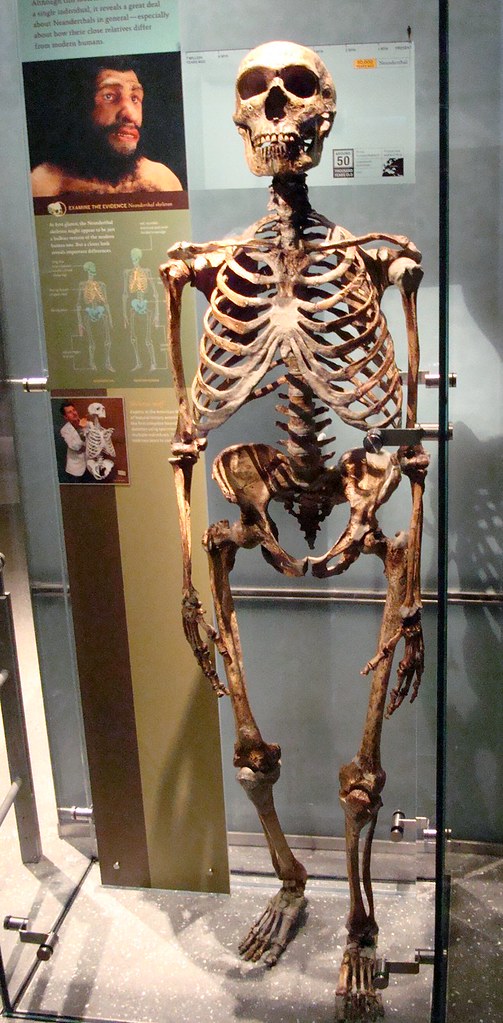
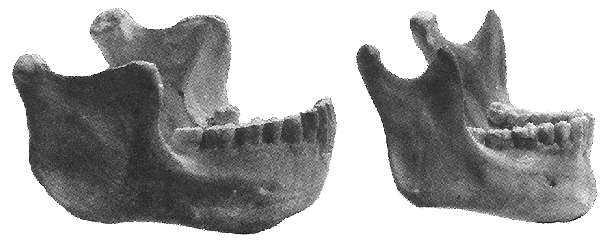
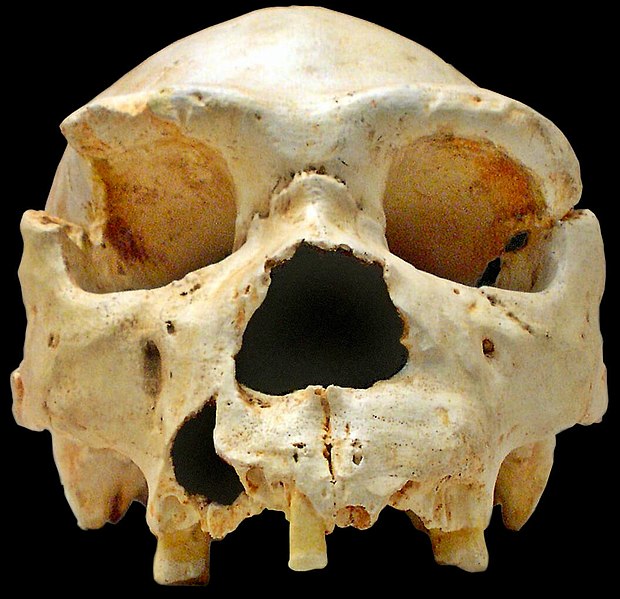
.jpg/563px-Broken_Hill_Skull_(Replica01).jpg)

